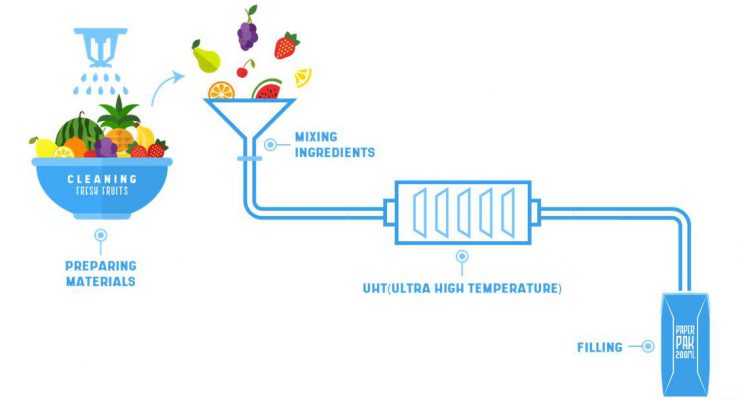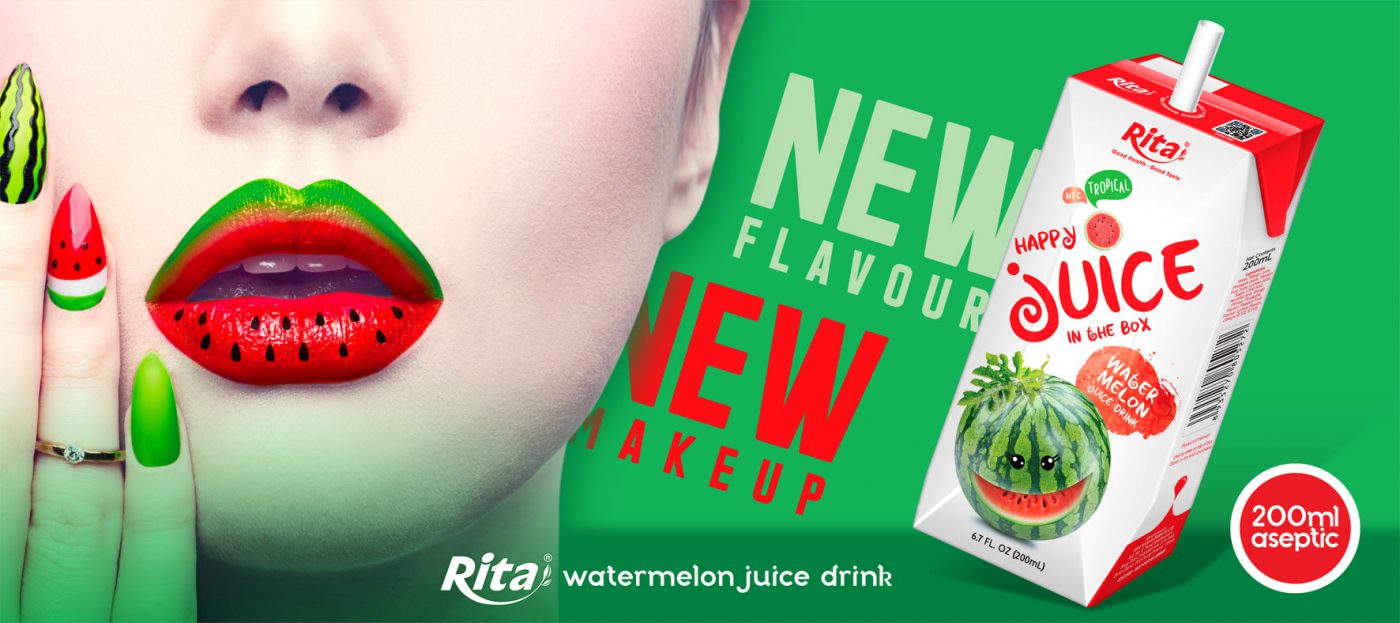INTRODUCTION
Heat treatments at ultra-high temperatures for very short times cause extensive bacterial destruction with less damage to food quality (flavor, nutrient losses, color, etc.) than traditional methods of food sterilization in containers. To achieve the benefits of UHT processing, products are heated and cooled rapidly, usually in continuous flow, followed by aseptic packaging.
For many years the terms UHT and UHT Long Life have been commonly used in much of the world to designate milk products that are subjected to a UHT treatment and packaged aseptically. These products have extended shelf life without refrigeration. In the US, UHT was the name adopted for such products at the 1984 meeting of the Interstate Milk Shipments
Conference, and subsequently it was approved by the US FDA.
UHT treatment for beverages
UHT treatment requires both a sterilizer and an aseptic unit (for packaging the product). It is used for low acids (above pH 4.6) products such as UHT milk, UHT flavored milk, UHT Fruit juice, soya milk and other beverages alternatives. The same process is also used to sterilize prepared food, such as soups, sauces, desserts, tomato and fruit preparations, and baby food.The birth of high heat treatment and canning as a means of preserving food began in France in the early 1800s. By 1839, tin-coated steel containers were widely in use. In the 1960s, building on this early food conservation technology, Tetra Pak pioneered its own continuous UHT process and aseptic packaging systems, and so kick-started the growth of the UHT milk segment.

In UHT treatment, the goal is to maximize the destruction of microorganisms while minimizing the chemical changes in the product. That means finding the optimal combination of temperature and processing time for different types of food.
Tetra Pak offers two alternative methods of UHT treatment: direct or indirect. Indirect UHT heating, steam is briefly injected into the product, and this is rapidly followed by flash cooling. The brevity of the treatment makes it possible to achieve very high product quality.
However, the process requires relatively high energy consumption compared to indirect UHT treatment. With indirect heating, the product does not come into direct contact with the heat source but is instead heated using heat exchangers. What makes this method so cost-effective is that most of the heat energy can be recovered.




Great content! Keep up the good work!
thank you. that right , good content
Happy everyday!